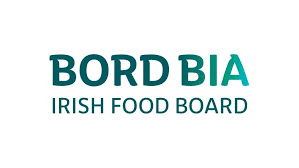Atypical BSE Case Confirmed in Essex, No Food Risk
Atypical BSE Case Confirmed in Essex, No Risk to Public Health or Food Safety
A single case of atypical Bovine Spongiform Encephalopathy (BSE) has been confirmed on a farm in Essex. Authorities swiftly moved to reassure the public that there is no risk to human health or food safety from this isolated incident.
The animal, which showed some clinical signs of BSE, was humanely culled on the farm and tested. As it was fallen stock, the animal was not destined to enter the food chain.
Chief Veterinary Officer Christine Middlemiss clarified, “Atypical BSE is distinct from classical BSE and is a spontaneously and sporadically occurring, non-contagious disease which is believed to occur at a very low level in all cattle populations. This is proof that our surveillance system for detecting and containing this type of disease is working.”
Dr. James Cooper, Deputy Director of Food Policy at the Food Standards Agency, echoed this reassurance: “There is no food safety risk. There are strict controls in place to protect consumers from the risk of BSE, including controls on animal feed, and removal of the parts of cattle most likely to carry BSE infectivity.” He added that consumers can be confident in these protective measures, with FSA Official Veterinarians and Meat Hygiene Inspectors continuing to ensure consumer safety in all abattoirs.
BSE is a notifiable animal disease. Suspected cases must be reported by calling the Defra Helpline on 03000 200 301 (England), 0300 303 8268 (Wales), or your local Field Services Office in Scotland.
Failure to report is an offence.
Original source: Gov.uk
